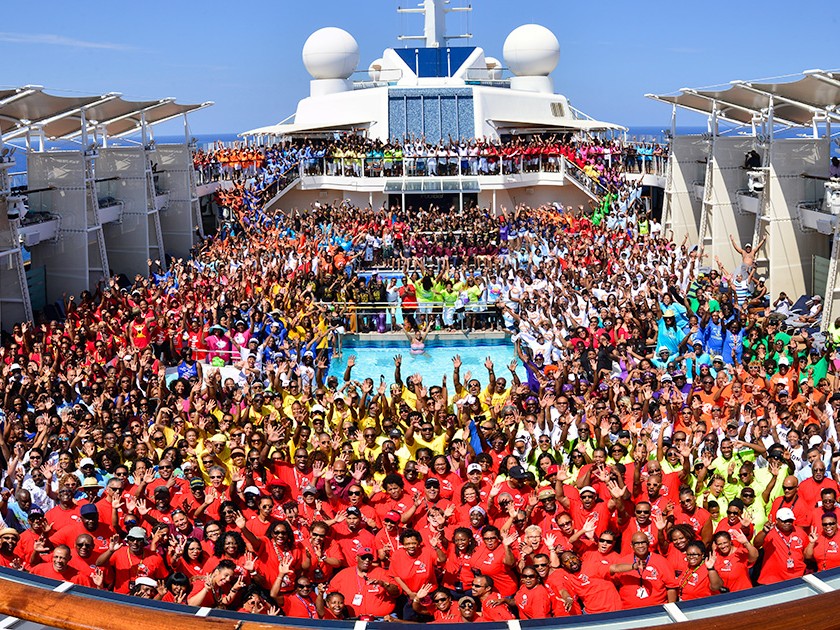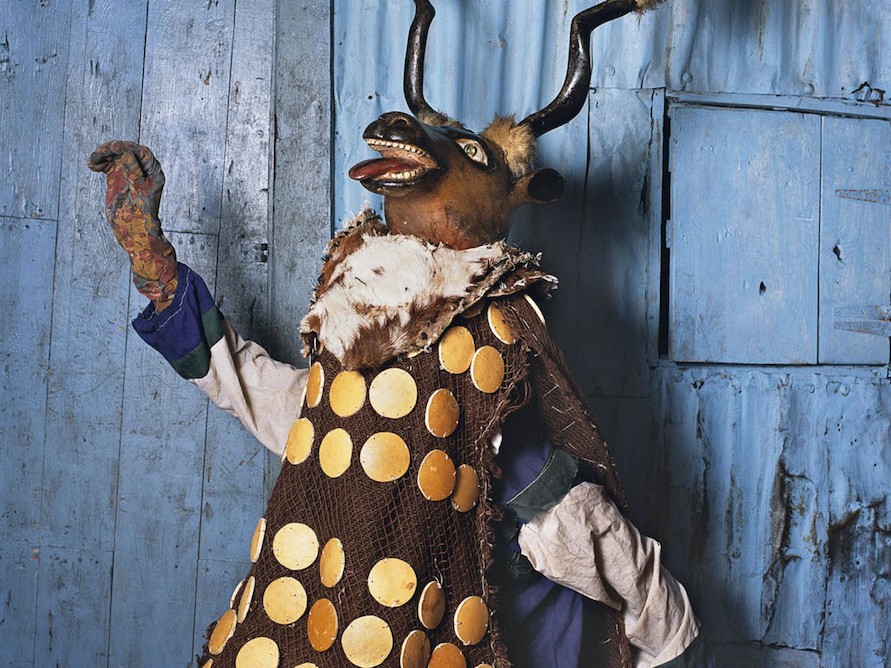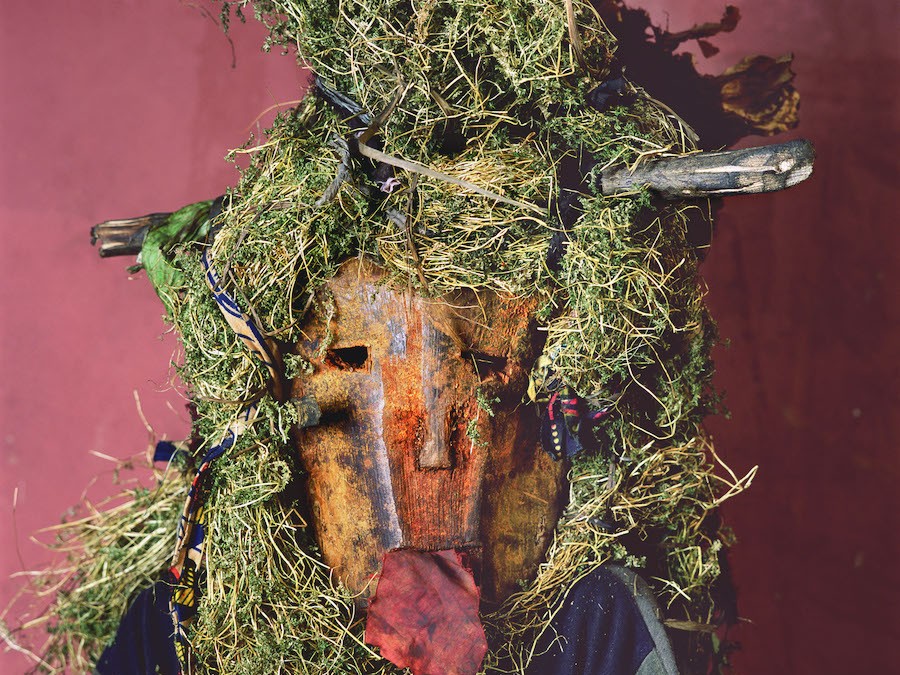Share this!
How Much Does It Cost To Hike Mount Kilimanjaro?
Mount Kilimanjaro: A dormant volcano, the highest freestanding mountain in the world, and a “bucket list” dream for many adventurers — and ordinary people.
So you have decided you want to get to the summit. Standing on the peak of the highest mountain on the African continent while the sun is rising over the horizon might sound crazy, but it is utterly do-able. In fact, everyone from gym bunnies to overweight smokers have conquered it, ranging in age from from 10 to 85.
Nevertheless, climbing Kili will come at a price — it is not a low-budget getaway. Not only will it take a toll on your legs, but your purse might feel a bit ‘tired’ after this trip to Africa. The two biggest expenses will be the cost of the actual trekking tour/tour operator, and your plane ticket to Tanzania.
Here is a detailed overview of the costs, to help you decide if this is something you can afford.
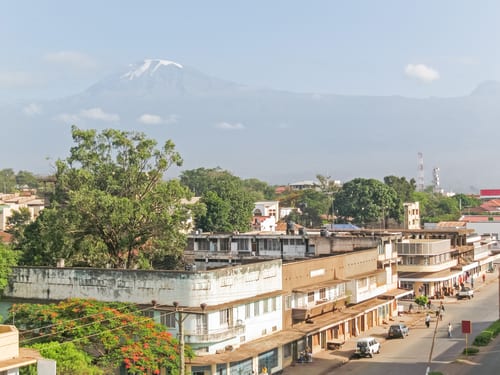
Getting to Tanzania
The nearest airport to Kili is Kilimanjaro International Airport (JRO).
Flying from the northern hemisphere? You will most like fly via Europe. Consider airlines such as KLM, Turkish Airlines and the German airline Condor. Some airlines fly direct to Kili, but most have a stopover in elsewhere in Africa (usually Addis Ababa, Nairobi or Dar es Salaam).
Flying from the southern hemisphere? You will most likely connect in Johannesburg, South Africa (JNB).
Round-trip tickets to JRO from Europe cost at least US$900, around US$1200 from Australia, and US$1500 from North America.
The closest town to the mountain is Moshi (about 40km/24 miles from JRO). This is the base from which most tours to the mountain depart. Most tour operators will include airport transfers between the hotel where you will stay before and after your Kili trek.
Accommodation
This often includes a night in a lodge in Moshi before and after the trek. Depending on the hotels used by the operator, it should cost between $75 to $100 per room/night. Sometimes this is included in the tour price.
Accommodation on the mountain is always included in the tour price and involves huts or tents, sleeping mats, and camping equipment, as well as cooking materials and utensils. (It does not include a sleeping bag.) Note: Marangu is the only route with accommodation in basic A-frame huts; on all the other routes you will sleep in tents.
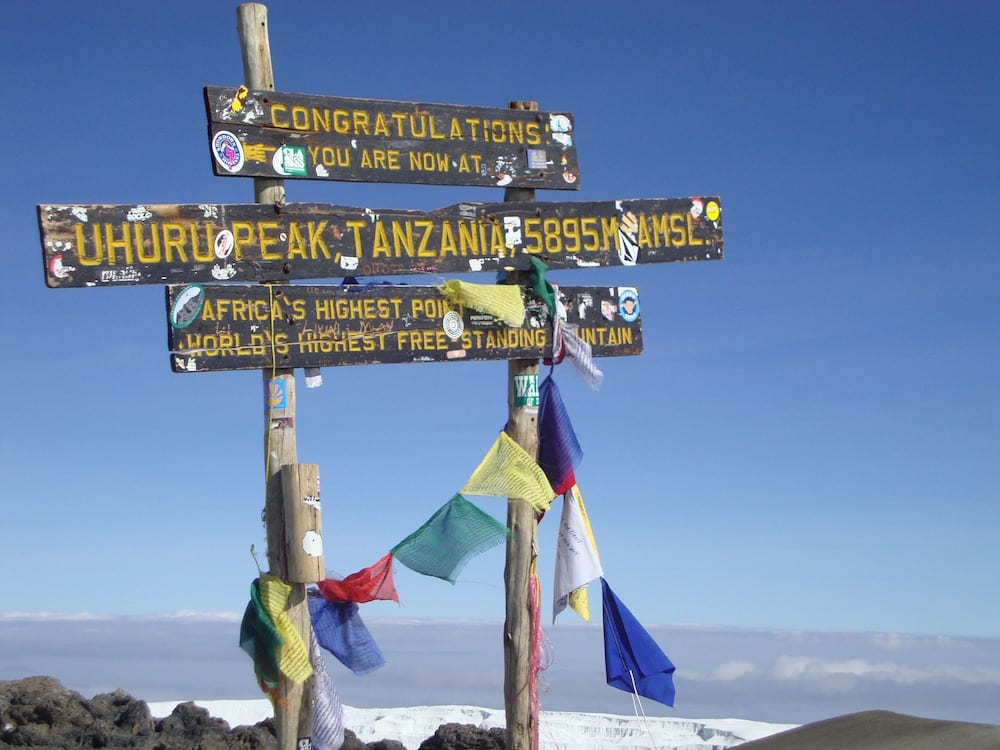
Tour Outfitters
By law you need to be accompanied by a guide to trek to the summit of Kili. A do-it-yourself trip might sound cheaper, but it is really not possible to haul a week’s worth of supplies up the mountain by yourself (backpack, tent, food, water, first aid equipment, etc). That is what a tour operator does. They will make sure you and your supplies get to the top of the mountain and safely down again, with a guide and lots of other crew members to help.
The crew should have at least one registered guide, a cook and porters. The porters carry stuff, including your backpack. The guide will have a qualification in first aid and the use of oxygen equipment. He should have years of experience and have been to the summit numerous times. A cook will also accompany the team. He is a magician that conjures up three-course meals, snacks and warm beverages. He will also supply at least three liters of fresh water daily to each climber. Three meals daily, water and hot drinks are included in the tour price.
Do not necessarily choose the cheapest tour operator, and do not compromise on safety. After all, you want to reach the summit safely, dry, warm and in the most professional and fun way possible. To choose a tour operator consider the guides’ experience, how they pay and treat their porters, and read references from other successful climbers.
In addition, your tour operator should be a TALA-registered company. If not, your travel insurance may not pay out in event of a claim. Choosing a route might influence the costs slightly: There are six routes to the top of the mountain which vary from five to eight days. For example an eight-day Lemosho trek will cost around US$2500, while a six-day Machame trek will cost about $1800. If you prefer a private tour (departing on a specific date), you will usually pay $150 to $200 extra.
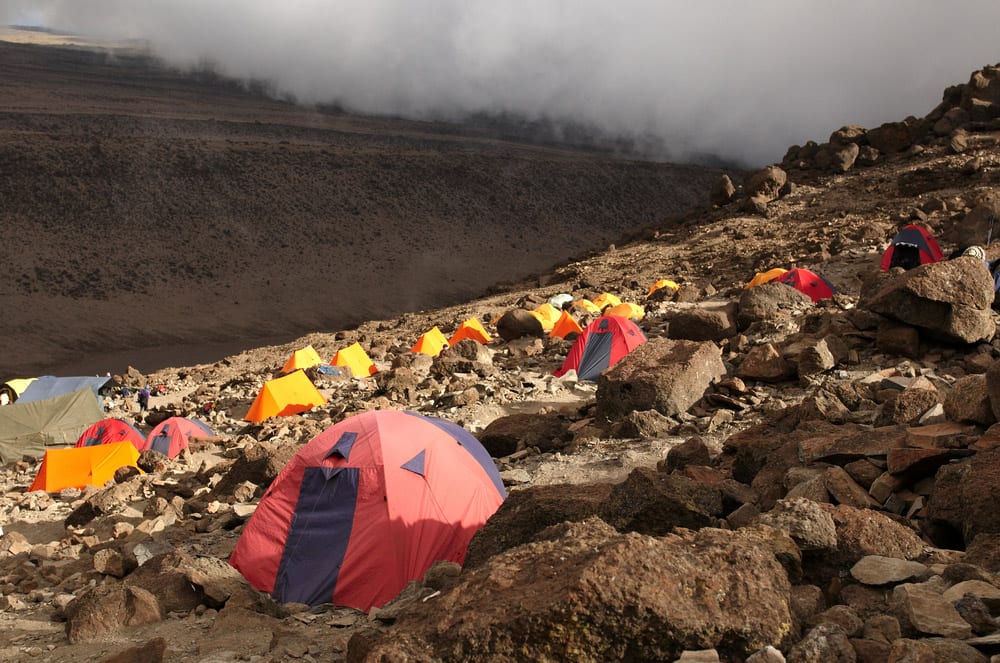
Gear
Camping gear is provided by the operator. This include tents, sleeping mats, dining table, director-style chairs, cutlery and crockery.
Personal gear you need to bring includes thermal underwear, outerwear, rainwear, worn-in hiking boots, a warm sleeping bag, a backpack (or tog bag) and a daypack. Most items can be rented in Moshi — this includes gaiters (US$10), walking poles ($15), sleeping bags ($15) and rainproof trousers ($15). Prices (as of August 2015) are an estimate only.
You will need to carry personal items — snacks, extra warm clothes, lip balm etc. — in a small daypack, but even this can be rented ($10). In fact, the most important item you will need — a pair of good, comfortable hiking boots — can also be rented (from $20).
Fees and tips
Fees constitute the single biggest expense besides the tour price. in the overall price and is required for admission to the Kilimanjaro National Park. This cost is about $120 pp per day. For a tour of 6 days, this already amounts to $700 (camping) or $750 for the Marangu route. Also included in ‘fees’ are rescue fees and camping fees (pppd). These are all required under Tanzanian law.
The single other expense that is not included in the cost is tips.
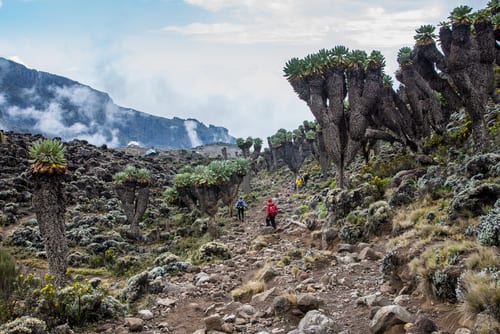
The crew expects tips and appreciates this very much. This is usually handed over on the last day and just before reaching the end. Budget on about 10% of the cost of the trip. So if a tour costs US$2500, make sure to have about $250 in cash. Your operator will give you better guidance.
The salaries of the crew are included in the tour price, but this is supplement by clients’ tips. Please note some operators pay only very basic salaries and do not provide adequate tents and food to their porters. This is why tipping should really be considered essential, not optional.
Other factors that contribute to the cost of a Kilimanjaro adventure include visa fees, medical insurance, a personal first aid kit, good warm clothes, a sleeping bag and renting extras such as gaiters. Add-ons such as a portable toilet and sleeping in the crater will cost more. Here is a breakdown:
- Visa fees: Between $50 (UK and EU citizens) and $100 (U.S. citizens)
- Medical insurance and a personal first aid kit (price varies)
- Portable toilet: $25/day; sleeping in the crater: price on request
- Some climbers need an extra porter to carry camera equipment. Budget about $25/day
You might also want to celebrate your achievement with a safari in Tanzania or a few relaxing days on the beach in Zanzibar. You’ll need to budget at least few hundred extra dollars for this.
For more information on booking a trip to Kilimanjaro, speak to the people at Kilimanjaro-Experience.com. They are based in Tanzania, have all been on the mountain, and can give excellent advice.
AFK Travel
More Posts by AFK Travel



